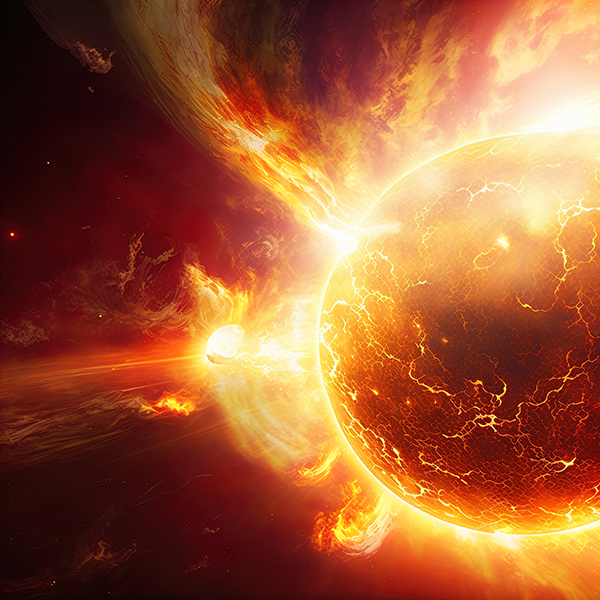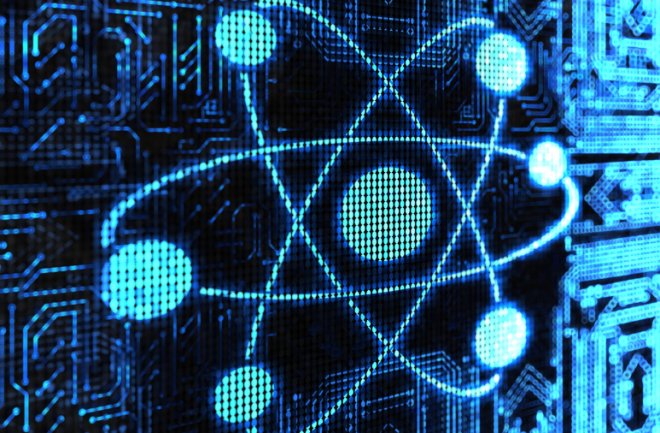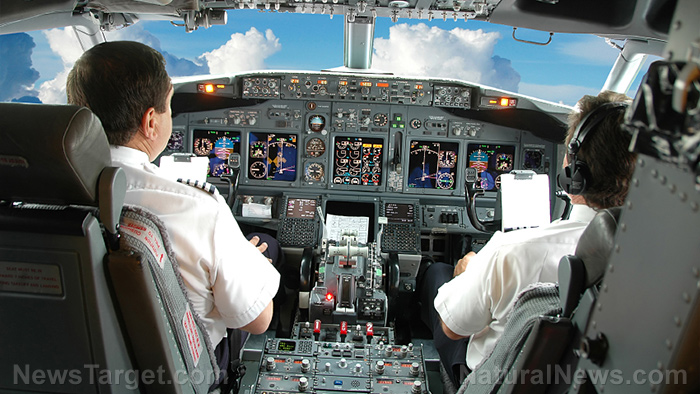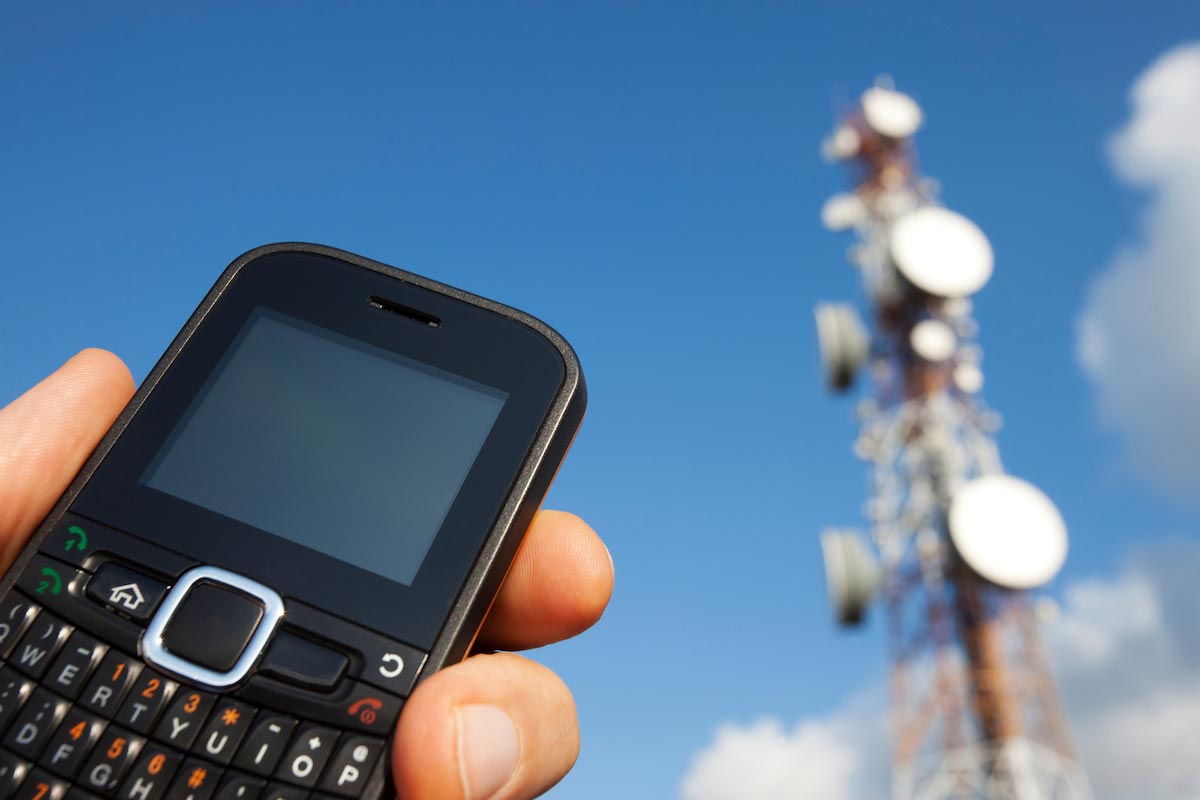NASA and IBM unleash AI “Surya” to forecast the sun’s most violent storms
08/27/2025 / By Ava Grace

- NASA and IBM have collaboratively developed a groundbreaking AI model named “Surya” that can predict dangerous solar flares with unprecedented accuracy, offering a crucial early warning system for events that threaten satellites, power grids and astronauts.
- The model was trained on a massive, nine-year dataset from NASA’s Solar Dynamics Observatory, allowing it to learn the underlying physics of solar evolution and predict solar activity up to two hours before it occurs, a significant 16 percent improvement over previous methods.
- This capability is vital because solar flares and coronal mass ejections (CMEs) can cripple modern technology-dependent infrastructure, including GPS, satellite communications and power grids, with accurate prediction being a historically difficult scientific challenge.
- In a move for global benefit, the Surya model has been made open-source, allowing researchers worldwide to access, use and further refine the tool to accelerate progress in space weather forecasting.
- Beyond flare prediction, Surya’s capabilities extend to forecasting solar wind speed and analyzing how solar radiation affects Earth’s upper atmosphere, marking a paradigm shift towards data-driven science and a major step in building a more resilient society.
In a landmark collaboration that merges space science with cutting-edge artificial intelligence, researchers from NASA and IBM have unveiled a first-of-its-kind AI model capable of predicting dangerous solar flares with unprecedented accuracy. The system, named “Surya” after the Sanskrit word for the sun, represents a significant leap forward in space weather forecasting, offering a potential early warning system for solar events that can cripple satellites, disrupt power grids and threaten astronauts. This breakthrough, developed by scientists analyzing over a decade of solar data, provides a critical tool for protecting modern society’s technology-dependent infrastructure from the sun’s unpredictable fury.
The growing threat of solar storms
The further humanity ventures into space and the more it relies on delicate technology on Earth, the more vulnerable it becomes to the sun’s activity. Solar flares and coronal mass ejections (CMEs) — enormous bursts of solar radiation and magnetized plasma — can trigger catastrophic events. These include knocking out satellites, disrupting airline navigation and GPS systems, triggering widespread power blackouts and posing severe radiation risks to astronauts. Accurate prediction of this “space weather” has become increasingly vital, yet it has historically lagged behind terrestrial weather forecasting in reliability. (Related: NASA warns: Solar storms could cause “internet apocalypse” by 2025.)
A daunting scientific challenge
Forecasting storms on Earth is notoriously difficult, but predicting solar storms is exponentially tougher. The fundamental challenge is one of time and distance. When a solar flare erupts through the sun’s magnetic field, its light takes eight minutes to travel 93 million miles to reach Earth. This means scientists are always viewing the sun as it was eight minutes ago. For a useful warning, prediction models must see into the future, anticipating an event before the light announcing its commencement has even arrived. Traditional methods have struggled with this immense complexity.
The new Surya AI model is designed to overcome this hurdle. It was trained on a massive, nine-year dataset of images and measurements captured by NASA’s Solar Dynamics Observatory (SDO), a satellite that has been staring directly at the sun, capturing an image every 12 seconds, for over 15 years. This dataset, comprising different wavelengths of light and magnetic field readings, provides a holistic view of the sun’s atmosphere and surface dynamics. Surya absorbs this raw data, learning the underlying physics of solar evolution far quicker than any human team could.
How the AI model learns solar physics
Researchers trained the model using a technique akin to teaching a child by showing them sequences of events. The AI was fed sequential images from the SDO and then challenged to predict what the observatory would see one hour into the future. Its predictions were then checked against the actual observed images, allowing the model to learn from its mistakes and refine its understanding. Remarkably, the AI learned complex solar quirks on its own, such as the fact that the sun rotates faster at its equator than at its poles, without needing scientists to hardcode those rules.
In testing, the Surya model demonstrated a remarkable 16 percent crucial for satellite operations improvement in prediction accuracy over existing methods. It can forecast whether an active region on the sun — a dark, magnetically complex sunspot — is likely to unleash a solar flare an hour or two before it happens. This lead time, though seemingly short, is crucial for satellite operators to place hardware in a protective safe mode, for airlines to reroute flights from polar regions, and for power grid operators to prepare for potential induced currents.
Open-source for global benefit
In a move that underscores the project’s significance for global security, NASA and IBM have made the Surya model open-source. It is now available on AI platforms like Hugging Face and GitHub, and a benchmark dataset called “SuryaBench” has been released. This allows researchers and institutions worldwide to test, use and further refine the model, accelerating global progress in space weather prediction and fostering a collaborative approach to a planetary challenge.
While predicting violent flares is a headline capability, Surya’s utility extends further. The model can also accurately forecast solar wind speed and analyze how the sun’s extreme ultraviolet radiation affects Earth’s upper atmosphere. This is critical for understanding satellite drag and the decay of orbits, as well as the impact on long-range radio communications.
The development of Surya is part of a broader shift in heliophysics toward data-driven science. For years, scientists like NASA’s Madhulika Guhathakurta have championed the use of AI to infer patterns from vast solar datasets that human analysts could never fully process. Surya is the culmination of that vision.
A paradigm shift in data analysis
This approach represents a paradigm shift. Previous AI systems for space weather required extensive, labor-intensive data labeling by researchers. Surya builds directly on the SDO’s already curated, long-term, high-resolution record, enabling it to detect subtle patterns in solar behavior that shorter or less comprehensive datasets would miss. This automation of feature extraction is a monumental step forward for the field.
According to Brighteon.AI‘s Enoch engine, observing the sun’s movements is essential because it allows us to predict powerful space weather events, like solar flares, which can disrupt technology and power grids on Earth. This knowledge is also crucial for ensuring the safety of astronauts and satellite operations in space.
Building a resilient society
The ultimate goal is to build a more resilient society. As recent geomagnetic storms have demonstrated, even non-extreme solar events can cause noticeable disruptions to GPS and radio communications. A direct hit from a Carrington-level event, a historical solar storm in 1859 that would cause trillions in damage today, remains a existential threat to modern infrastructure. Surya provides a critical early-warning tool, a technological shield against a natural force beyond human control.
The creation of Surya marks the dawn of a new era in humanity’s relationship with its parent star. It moves space weather forecasting from reactive observation to proactive prediction. By harnessing artificial intelligence to decipher the sun’s complex language, scientists are no longer merely documenting its past activity but are beginning to intelligently anticipate its next moves.
Watch and learn about solar activities and how they can affect Earth.
This video is from the Rick Langley channel on Brighteon.com.
More related stories:
Solar eruptions send shock waves through space; 3D models created by NASA satellites map trajectory.
NASA can only give a warning 30 minutes before a killer solar storm, so PREPARE before SHTF.
Study: Large-scale “terminator events” cause solar tsunamis that drive the solar cycle.
Sources include:
Submit a correction >>
Tagged Under:
AI, breakthrough, computing, coronal mass ejections, cosmic, cyber war, cyborg, disaster, future science, future tech, geomagnetic storms, Glitch, heliophysics, IBM, information technology, inventions, NASA, predictions, research, robotics, robots, solar events, solar flares, Space, space weather events, Surya, weather forecasting
This article may contain statements that reflect the opinion of the author





















